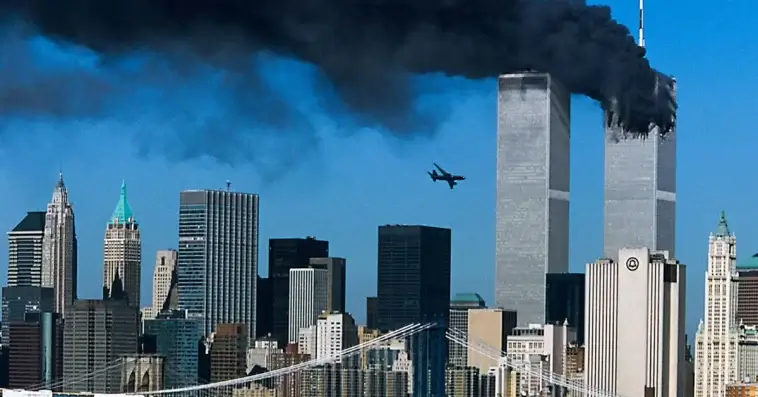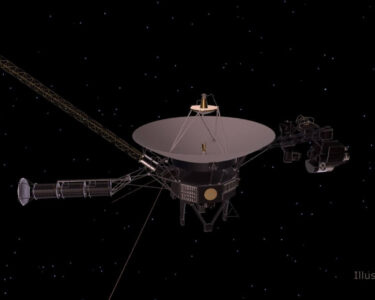While phone networks and big news sites struggled to cope with heavy traffic, many survivors and spectators turned to online journals to share feelings, get information or detail their where about. It was raw, emotional, and new — and many commentators now remember it as a key moment in the birth of the blog.
When four planes were hijacked on a sunny fall morning, easy-to-use blogging services were still few and far between. Yet many who witnessed the horror of the attacks firsthand took to the keyboard to talk with the world.
Horrified Americans used e-mail, instant messages, and any available communication tool. But weblogs meant large audiences, not just friends and family, could read those stories from the scene.
“I have a scrap of paper that flew onto my roof,” wrote New Yorker Anthony Hecht. “Typewritten and handwritten numbers in the millions. A symbol of our tragedy. It smells like fire.”
Many bloggers strayed from their normal writing beats to produce a rolling news service comprising links to materials and tidbits gathered by friends.
Dave Winer, the author of one of the earliest and most popular weblogs, Scripting News, used his site to post one-line news flashes, New York webcam stills and links to witness accounts.
The chaos was “a galvanizing point for the blogging world,” said Dan Gillmor, director of the Center for Citizen Media.
“We had this explosion of personal, public testimony and some of it was quite powerful,” Gillmor said. “I remembered that old cliche that journalists write the first rough draft of history. Well, now bloggers were writing the first draft.”
Five years on, the outpouring of emotion was a signpost to the emerging grassroots media revolution, said social media consultant Matthew Yeomans, who remembers his Brooklyn neighborhood being showered with debris from the World Trade Center.
“Back in 2001, blogs were still very much the geek toy of the Slashdot set,” he said. “(But) this collective tragedy demanded a forum to be shared by people all around the world who wanted to talk about what happened with anyone because it was the only way of making any sense of it. Were it to happen again, blogs and social networks would play an enormously cathartic role.”
The vivid events live on in countless blog posts. NYC Bloggers, a directory of hundreds of New Yorkers’ blogs, continues to link to dozens of articles for posterity, while the September 11 Digital Archive project maintains a historical catalog of noteworthy blog posts among 130,000 e-mails, audio recordings, video clips, and photographs documenting the event.
This year, another project is recruiting 2,996 volunteer bloggers to post individual memorials celebrating the life of each 9/11 victim.
Since 9/11, the rise of “war bloggers” and online political commentators like Glenn Reynolds’ Instapundit has been, in many cases, a direct response to the U.S. government’s post-9/11 foreign policy, kickstarting a culture of questioning, poking, and prodding from which no public figure is safe.
But the volume of another attack, should one occur, could be amplified still further by newer technologies. The growth in ownership of cell phone cameras since 9/11 meant that commuters’ contributions to coverage of last year’s southeast Asia tsunami and the July 7 terrorist attacks on London tube trains were more pictorial and more immediate; eyewitness accounts could be sent to moblog websites without having to find a desk or a docking station.
“Camera phones have changed the landscape,” said Alfie Dennen, proprietor of the moblogUK service, which received some of the first dramatic images from members at London’s 7/7 bomb scene.
“Where 9/11 was covered explosively in the blogosphere, 7/7 set the bedrock for wider acceptance of the value in citizen media,” he said. “It was definitely the point at which ordinary people with camera phones became the news.”
Had the feature been more widely available in 2001, Sept. 11 may now be remembered by even more iconic images.
Dan Gillmor said: “It wouldn’t change the basic horror of it (but), if the people on those planes who were calling their families were also sending video, we would have a very different understanding of that day.”





